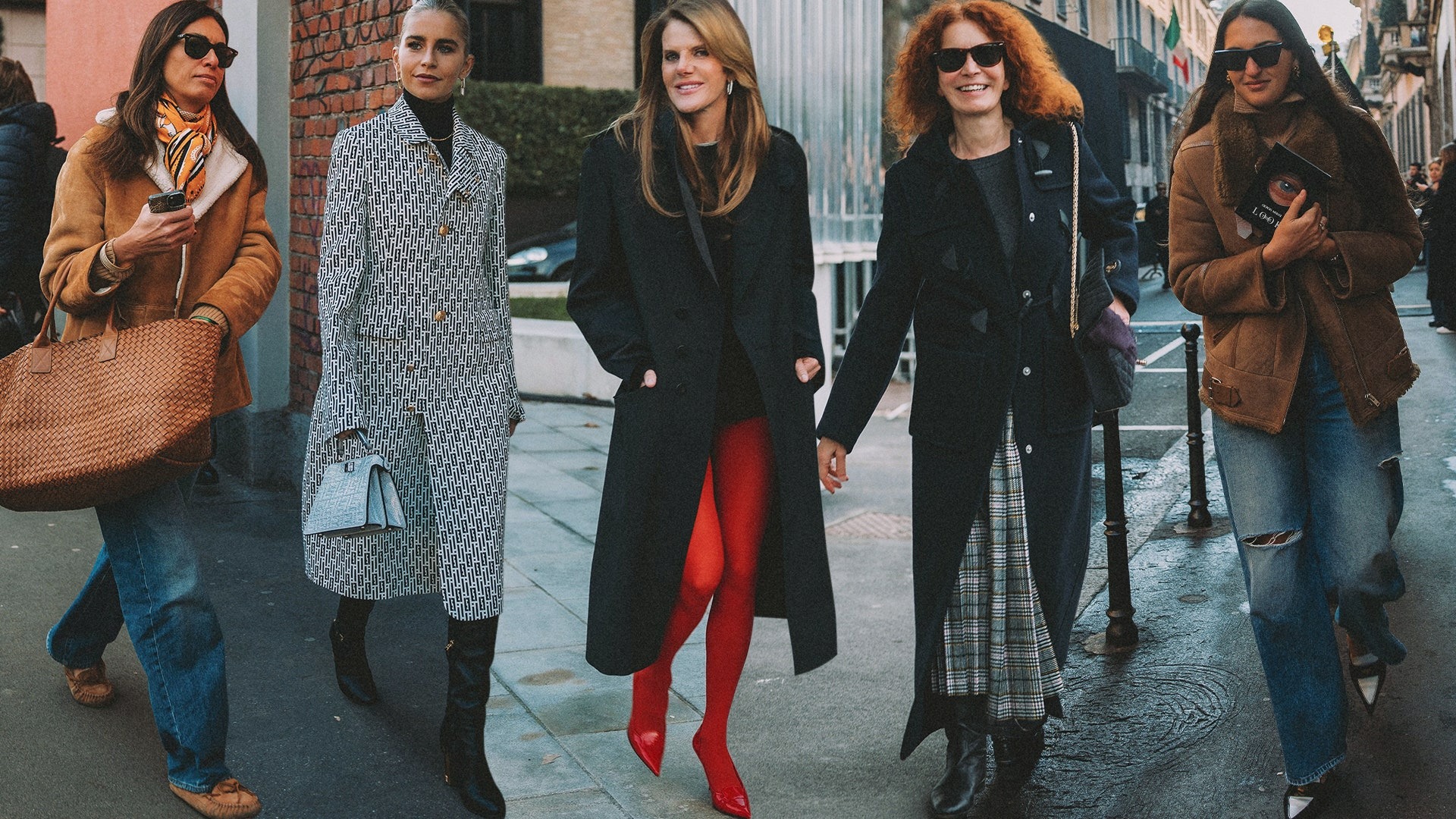Introduction
Interior design goes beyond decoration—it’s the process of enhancing a space to make it aesthetically pleasing, functional, and tailored to your needs. Whether you’re designing a small apartment or a spacious home, the principles of interior design can help you achieve the perfect balance between style and functionality.
The Principles of Interior Design
- Balance: Balance refers to the distribution of visual weight in a room. There are three types of balance: symmetrical, asymmetrical, and radial. Symmetry creates a sense of order, while asymmetry adds interest and creativity.
- Rhythm: Rhythm in design is the repetition of elements like color, shapes, or patterns to create movement and flow. Use this principle to guide the eye from one area to another.
- Harmony: Harmony ensures that all design elements work together cohesively. The furniture, color scheme, and accessories should complement each other, creating a unified feel.
- Scale and Proportion: These principles deal with the size of objects relative to each other and the space they occupy. Large pieces of furniture can dominate a room, while smaller ones may get lost.
- Contrast: Contrast adds interest by using opposing elements like light vs. dark colors, rough vs. smooth textures, or large vs. small shapes.
Interior Design Styles
- Traditional: Elegant, classic designs with rich colors, plush fabrics, and formal furniture arrangements.
- Contemporary: A modern, clean look with open spaces, neutral colors, and minimal decor.
- Eclectic: A mix of different styles, combining various periods, colors, and textures to create a unique, personalized space.
- Coastal: Inspired by the beach, with soft colors, natural materials, and a relaxed atmosphere.
- Mid-Century Modern: Simple, functional furniture with clean lines, bold colors, and retro influences.
How to Choose the Right Design for Your Space
- Consider Functionality: Think about the primary function of the room. A bedroom should feel cozy and restful, while a living room might require more flexibility for socializing.
- Personalize: Incorporate your personal tastes and lifestyle into the design, whether through artwork, colors, or furniture choices.
- Don’t Forget Lighting: Lighting is key in creating the right atmosphere. Consider natural light, artificial lighting, and task lighting to suit the room’s needs.
Conclusion
Good interior design is a balance of creativity, functionality, and practicality. Whether you’re designing from scratch or updating your current space, understanding the principles of design can help you create an environment that’s not only beautiful but also livable.



